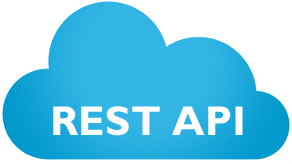Technology
Industry Standard Architecture
Workbench is built on the latest Microsoft technology stack: ASP.NET, MVC design pattern, HTML5 and SQL Server.
It follows Service-Oriented Architecture (SOA) design principles. SOA separates the functions of an application into units and allows them to be built and tested independently from each other. Services stay as loosely-coupled units of functionality and have no calls to each other directly, but only through the set of contracts.
This approach gives maximum flexibility, high performance, testability and makes it easy to maintain and incorporate changes.


Process Automation and Continuous Improvement
Workbench is developed using an approach of continuous integration and unit testing.
A sandbox environment is continually refreshed with the latest build version, and a large number of automated tests are run to check all aspects of the application.
This makes it possible to introduce new features while maintaining the reliability of existing functions.
API and Integration
Workbench has a JSON REST API which exposes many Workbench functions through API calls. This enables data to be easily transferred in and out, while retaining the business rules and validations of the Workbench application.
Swagger is used to give developers the metadata and a code generation facility for all the API methods in order to simplify the building of new integrations. API calls can be coded in scripted languages such as Powershell.

Keep up to date with what's new and exciting with Workbench
Blog subscribers get email updates daily, weekly or monthly. Automagically.